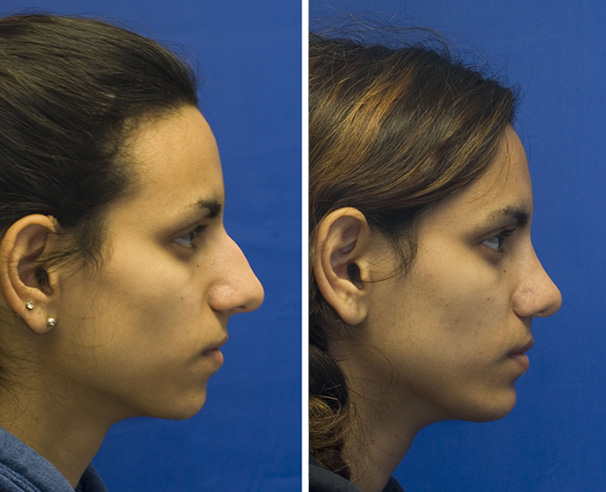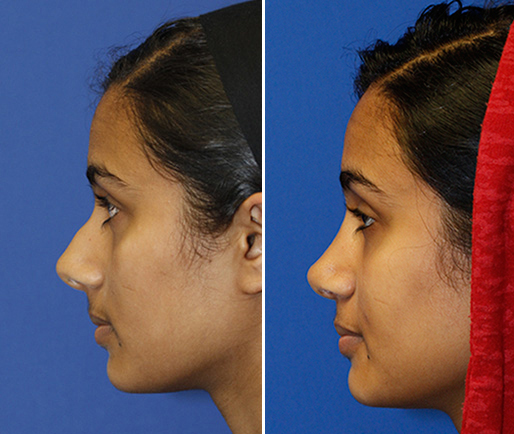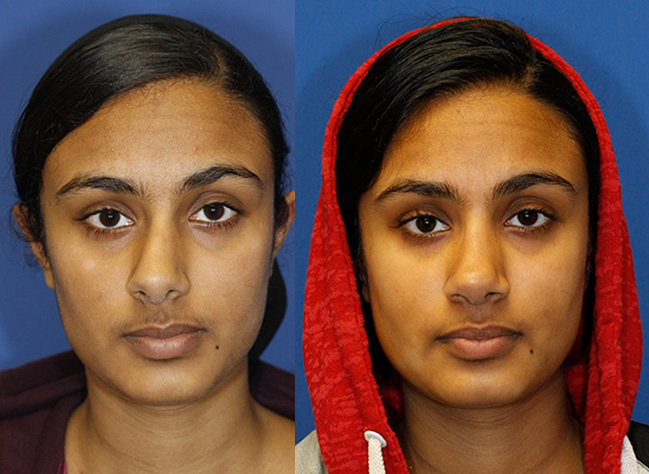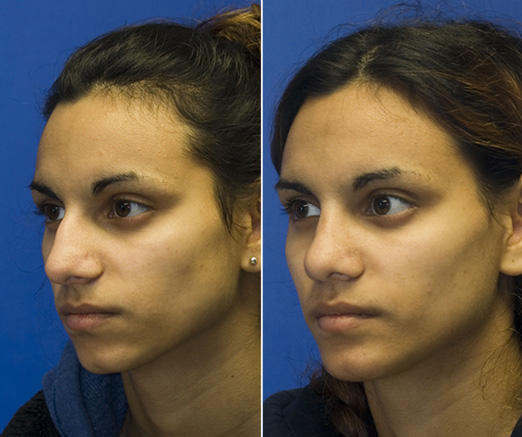Indian/Pakistani Rhinoplasty
Having a Rhinoplasty if you are of Indian or Pakistani Ethnicity
What do Indian or Pakistani noses typically look like?
Indian and Pakistani noses vary significantly from person to person so it can be hard to make generalizations about what type of rhinoplasty is appropriate among those of this ethnicity.
Some Indian and Pakistani noses have droopy tips or are under-projecting (don't stick out far enough from the face) and have thick skin. This type of nose would benefit from an increase in projection to better refine its appearance. It may be counter-intuitive, but in order to make the nose look better it is best to make it bigger. The end result is better refinement of the thick nasal skin. Additionally, in many cases thinning of the tissue below the tip skin can be done (de-fatting) to further improve the nasal contours.
On the other end of the spectrum is the nose which has thinner skin but is overprojected (sticks too far out from the face) and has a hump on the bridge. The goal in this situation is to reduce the overall size of the nose to better balance out its proportions.
Similarly, many Indian and Pakistani noses are too wide in either the bony area or the tip. In this case nostril narrowing and controlled bone fractures to narrow the nasal bones may be needed.
Maintaining Ethnic Identity
There are several things to consider when it comes to having rhinoplasty in those who are of Indian or Pakistani ethnicity. The first thing to understand is that the goal of any ethnic rhinoplasty procedure is not to erase the overall ethnic appearance of a person, but rather to enhance their attractive features.
How much cosmetic change is wanted
One must decide how much cosmetic change is desired. A small number of patients of Indian and Pakistani heritage struggle with the decision of how much cosmetic change to their nose is acceptable to them and their families. The underlying concern is that their nose will change too much.
This is where extensive preoperative discussion and computer simulation can be quite valuable. It is important that the patient is comfortable with the proposed level of changes. It is not uncommon for Dr. Lamperti to purposefully leave some nasal hump on the bridge or to not treat a droopy tip if that is the patient's desire.
Remember, there is no one aesthetic ideal to which our rhinoplasty results must strive toward. Dr. Lamperti is skilled and has extensive experience in working with a variety of Indian and Pakistani faces and strives to customize the treatment plan according to each patients' goals.
Having realistic expectations
It is important to make sure that you have realistic expectations regarding your rhinoplasty results. All rhinoplasty surgeons are limited in how much down-sizing they can produce in a nose that has very thick skin and weak cartilages. If the nose is made too small in these cases the overlying skin will not shrink-wrap appropriately and the nose will end up looking even more ill-defined and bulbous after surgery. Dr. Lamperti makes extensive use of preoperative computer morphing to simulate what type of results he thinks are possible in your situation. He avoids over-doing it and digitally simulating a desireable result that isn't actually attainable in reality.
Rhinoplasty incisions
The type of incisions used for Indian or Pakistani rhinoplasty depends on what types of changes are being made. An open rhinoplasty technique is probably the most common approach used in this population as it allows for excellent access to treat nasal tip problems in the thicker skinned patient. The majority of rhinoplasty incisions are placed inside the nose. The small trans-columellar incision that is used during open rhinoplasty typically heals very well, even in darker skinner patients. You can learn more about the open versus closed rhinoplasty techniques and see photos of a variety of healed incisions here.
Indian and Pakistani Rhinoplasty Before and After Photos
Here are some example photos showing what type of results can be seen in Indian and Pakistani rhinoplasty surgery. You can see aditional ethnic rhinoplasty photos here.
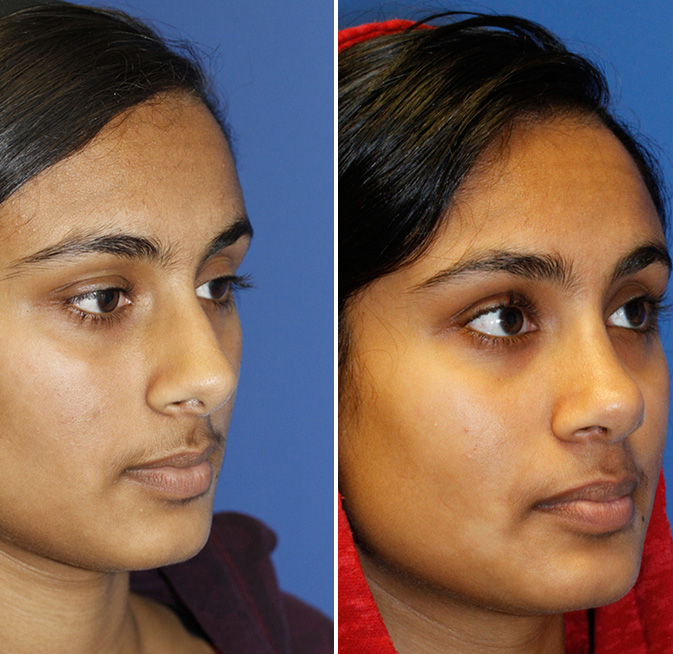
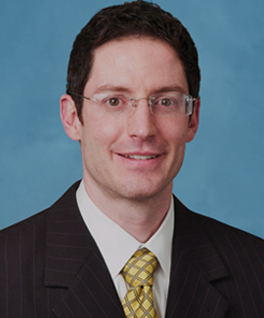
Meet Plastic Surgeon, Dr. Lamperti
Dr. Lamperti, a Seattle rhinoplasty super-specialist, has devoted his career to treatments of the head, face and neck. He feels that by focusing his plastic surgery endeavors solely to the face he is best able to provide the excellent results his patients desire.
Interested in learning more about having a Rhinoplasty Treatment in Seattle with Dr. Lamperti?
Contact us to have a private consultation or view Before & After photos here.
